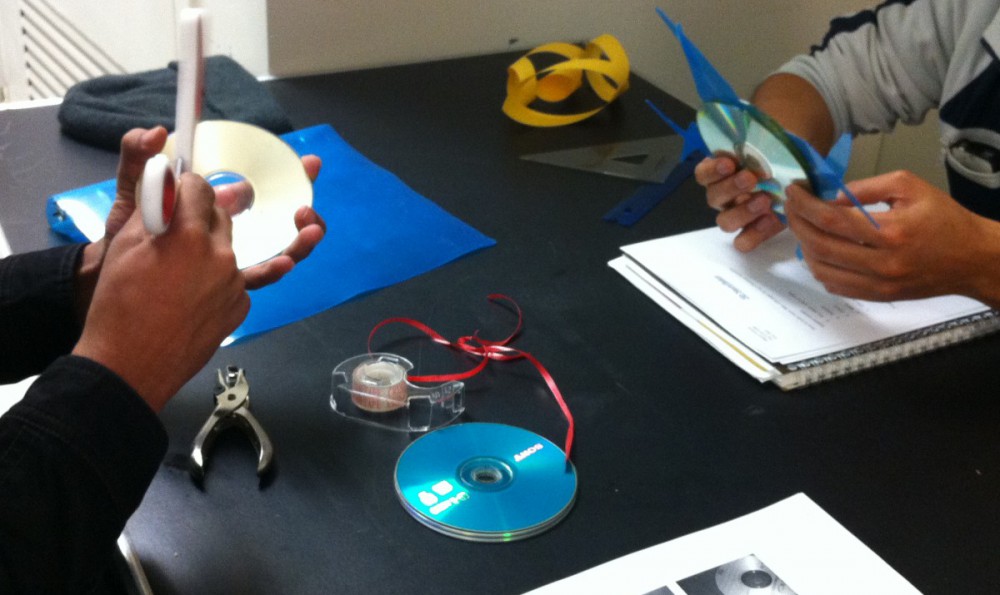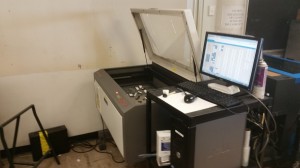United State Department of Labor http://www.bls.gov/ooh/architecture-and-engineering/electrical-and-electronics-engineers.htm
This is the US government official portal, which consists of the legit information and statistics about the current job markets and outlooks of the recent researches about the particular job market. In our case, we have found here needed information and statistics about the Electrical and Electronics Engineer. The website provides numerous sections about the field, however we have focused on several specifics. Those are “Job Outlook” and “How to Become an Electrical or Electronics Engineer.” “Job Outlook” section tells the overall statistics, numbers of the Electrical Engineers and available jobs, as well as projection of how these numbers would change during period of years 2012-2022. “How to Become an Electrical or Electronics Engineer” section consists of the information about the education, important qualities, licenses and certifications, which are needed in order to succeed in the field of Electrical Engineering. This section is useful, because it helps to estimate the level of sophistication of our game, that would help interested children in the future years of study in the field. Overall, the source is useful as it gives us the depiction on the current state of the job market, as well as gives the purpose to our team for working on the project.
Thibodeau Patrick, “Electrical Engineering Employment Trending Down”, http://www.computerworld.com/article/2483786/it-careers/electrical-engineering-employment-trending-down.html, Julie 2013.
The article is an independent source, which has supporting information for our project. The author encloses information and statistics about the numbers of Electrical Engineers and number of available jobs. Which, according to the article, mainly state that there is shortage of the qualified workers to occupy all of the positions available of Electrical Engineering field. Moreover, the shortage is predicted to slightly increment in the next decade. At the same time, the need of qualified Electrical Engineers is projected to grow, due to the increase in the technological and research demands. Thibodeau bases his article on several businessmen and CEOs statements. He as well touches numerous issues related to the field, like unemployment and poor development of talented individuals. As our group is working on the project, which addresses the early education of children about the electrical engineering, the article support our efforts. We intend our product to have a beneficial effect on the situation, where young individual can find interest and develop talents in the field of Electrical Engineering.
Studying Engineering Before They Can Spell It
http://www.nytimes.com/2010/06/14/education/14engineering.html?pagewanted=all&_r=0
this article fit well with our project because these students are actually being taught 10-15 hours a year about engineering. even though the students aren’t being taught the fundamentals of engineering, they are learning about engineering. another reason why i liked this article because the student are being taught the step by step engineering process: design, build, test, evaluate. they have to have the thinking skills of an engineers to keep up with all the innovations that’s constantly coming into their world. this is a good source because i didn’t realize that schools are teaching engineering so early and at such a young age to students. also students have been learning about engineering in our elementary school without knowing so such as building Lego robots or designing a cushion for an egg drop. and the main idea for these experiments is to come away with the greater knowledge that goes beyond a problem which is what engineering is. when engineering is being taught at this young of an age it reinforces math and science skills, promotes critical thinking and creativity, and teaches students not to be afraid of taking intellectual risks. with our project this is one of the main goals we want to give to students or a kid who wants to learn more about engineering on his own during summer or projects for himself.
Yes, You Can Teach Engineering in High School
http://www.todaysengineer.org/2010/Apr/Hoover-High.asp
At the collegiate level, schools and colleges of engineering have begun to realize that a change in their approach is required to increase student retention, with the introduction of more hands-on, project-based introductory courses surfacing as the most common curriculum change. in this article it predicts that student interest in engineering is on the rise and if so are these students prepared for an undergraduate engineering curriculum? this article states that students entering undergraduate engineering programs need to be prepared for the math, science and technological requirements that are inherent in an engineering education. The problem is compounded by the fact that most such high-school programs lack a requisite math and science component. Students can graduate high school having participated in various competitions and taken one or more “engineering” courses while having completed only algebra II and general chemistry. in this article it explains how the hoover high school of engineering built their curriculum with the goal that their graduates would experience a seamless academic transition to engineering at the undergraduate level. the engineering academy is a four year program that includes three components, math, science, engineering. our plan with this project is to give the students understanding about what engineering entails.
“Laser Materials.” Laser Cutting, Engraving and Marking Equipment, Machines and Software. N.p., n.d. Web. 10 Nov. 2014.
Laser Materials is a website that provided details of all the elements and software that are in the market in order to cut different materials. Also show the dire rent set ups for each material that could be used with the specific laser machine. We chose this website in order to get more knowledge about this machines and all the set ups that we could be used in order to do the boards that latter on will be design. This web site show the pdf and the other elements that could be easy in other to test the different component unlike the others just only show the basic set ups and a just couple of materials. The material that we selecting for the projects have a different variations and thickness for the laser, the bed of the machine is also important for the material. This web show the material and the reaction that they have in the process of the cut. The reaction of some material as an example is the wood because the wood is cure with different chemistry that if we don’t know the wright wood we could fire the prototype and break even the machine. The other important part of this web is that it names all the precaution that we should take with each material, to get the best result of the product.
David Silverman. “How to Learn Board Game Design and Development – Tuts+ Game Development Article.” Game Development Tuts+. n.d. Web. 29 Nov. 2013.
This source is very useful in all the elements and points that the article name it. All good and bad parts that the boards game can get, also the point that how we can test it and what we could do it in order to do the board game more amazing, for the all the kids that could play with the prototype that we will create. One of the most useful part of this article is that how each of the previous board’s games were created and how these have and impact at the time that kids play. Also the other part very important of this article is how the games were test and how the date was record it. In the other hand it show how and what type of question we should be as the player in order to get and create a better game and also the reaction and the level of difficulty that each player could have in other to past to the other level or in our case other connection of circuits. Unlike in other articles this is more related to a digital games and not a hand on it, the development of this games have different step in order to design and make the most entertain it for everybody.
“How to Become an Electrical Engineer | Electrical Engineering Schools and Careers.” How to Become. Learn How to Become, n.d. Web. 11 Nov. 2014.
The article, How to Become an Electrical Engineer by Learn How to Become, describes what it takes to become an electrical engineer. It goes into detail about everything from skills and expectations to degrees and certifications required. You can also see the average salary and how much people make in the different percentiles. It is also possible to search by school to see what schools offer the courses. This lets us see, by state, how each state handles the job training. This is an important source because reading it, I noticed how difficult it can be to get into electrical engineering. From reading this I learned what most electrical engineering focuses on. This helped me focus the rest of my research and how we can adapt the project. We now have a much better idea on how to tailor the question cards we will be providing.
Koerner, Brendan I. “Getting a Seat at the Board-Game Table.” The New York Times. The New York Times, 08 May 2004. Web. 11 Nov. 2014.
“Getting a Seat at the Board-Game Table,” by Brendan Koerner is a New York Times about getting a seat at the board-game table and what sets the best-selling board-games apart from all the rest. It is a slightly older article but i think a lot of what is said still holds relevance. This article was really interesting to read because it shows what a board-game has to to do stand the test of time. It helped us rethink some of the base of our game and add a feature we were not planning to add. The article also goes into detail with some tips on how to improve games and get them on the market. With these tips the author also showed an example game to back up his tips and points. While we are not planning marketing out game it would be nice if it was used for a long time, so we can definitely use some of these tricks and tips.




